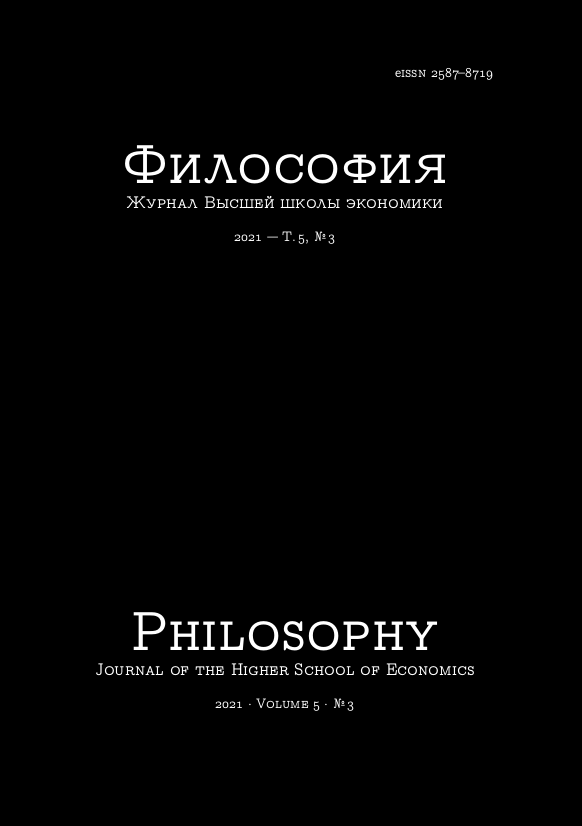Materialist Modernization of Russian Romantic Nationalism
Abstract
This paper represents a conceptual reading of relatively late thought in the so-called “first Russian nationalism”. Our context is engaged by the moment when the pre-modern assembly of romantic nationalism enters the modern order of post-reform Russia. It is also operationalized through interest in practical nation-building programs revealed. Within these hermeneutically problematic texts, a movement from romantic nationalism to modernism is indicated. The materialistic component that forms the internal conditionality of the nationalism in the Slavophile environment passes through the manifestation of the materialistic dimension in the ratio, composed by 3 elements: people, society and the state. The problemativeness of our materials includes at least: (a) a complex reworking of Slavophilism, which is carried out by Ivan Aksakov, (b) his own judgments, implicitly woven into the text, (c) orientation to censorship editing and “Aesopian language”. Through the concept of “elements”, lying on the border of Romanticism and modernity, Aksakov opens the possibility to re-describe the relations inside modern nation-building components in terms critical to modernity, close to the formulations of modern continental philosophy (in particular, J. Deleuze and followers). The relations between the people, the state and the society with the “zemstvo element” (Aksakov) imperceptibly coordinate the sovereign, the aesthetic community and the intensities, circulating between them.
Downloads
Copyright (c) 2021 Philosophy. Journal of the Higher School of Economics

This work is licensed under a Creative Commons Attribution-NonCommercial 4.0 International License.






